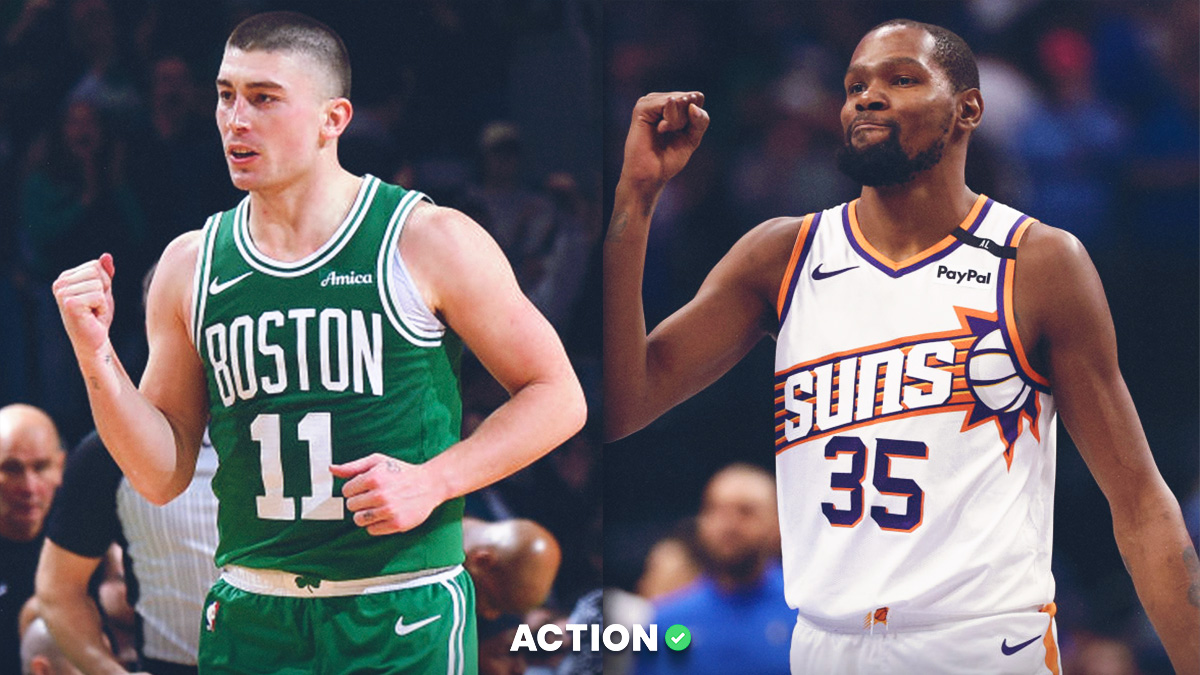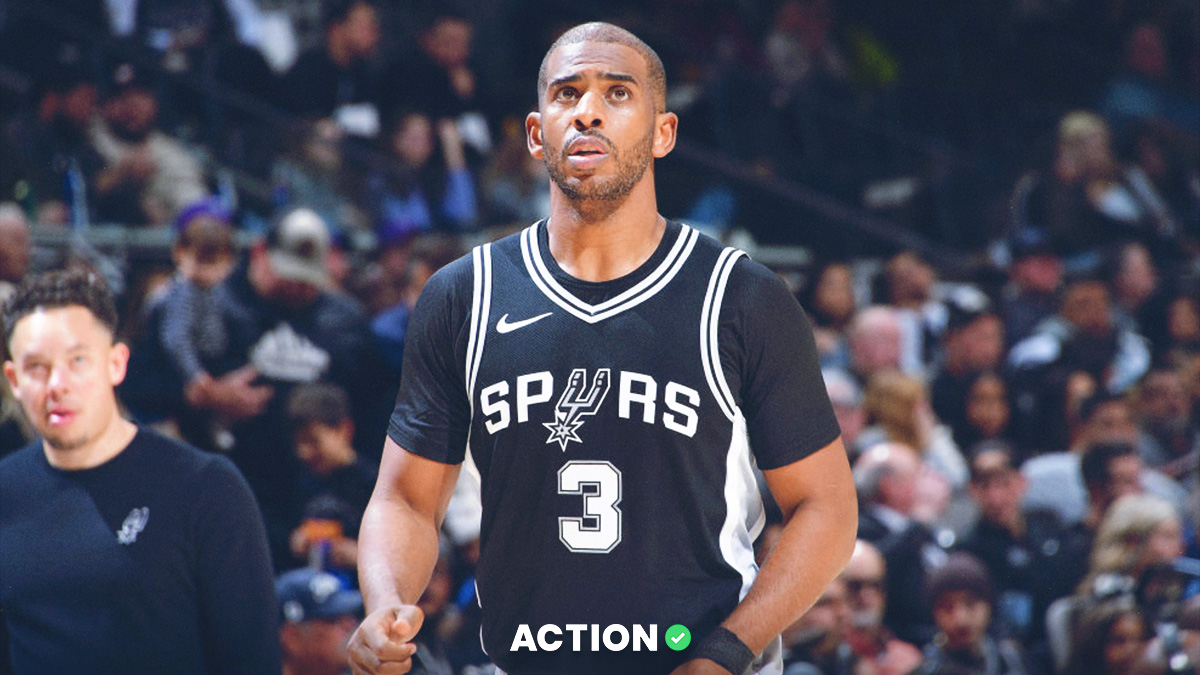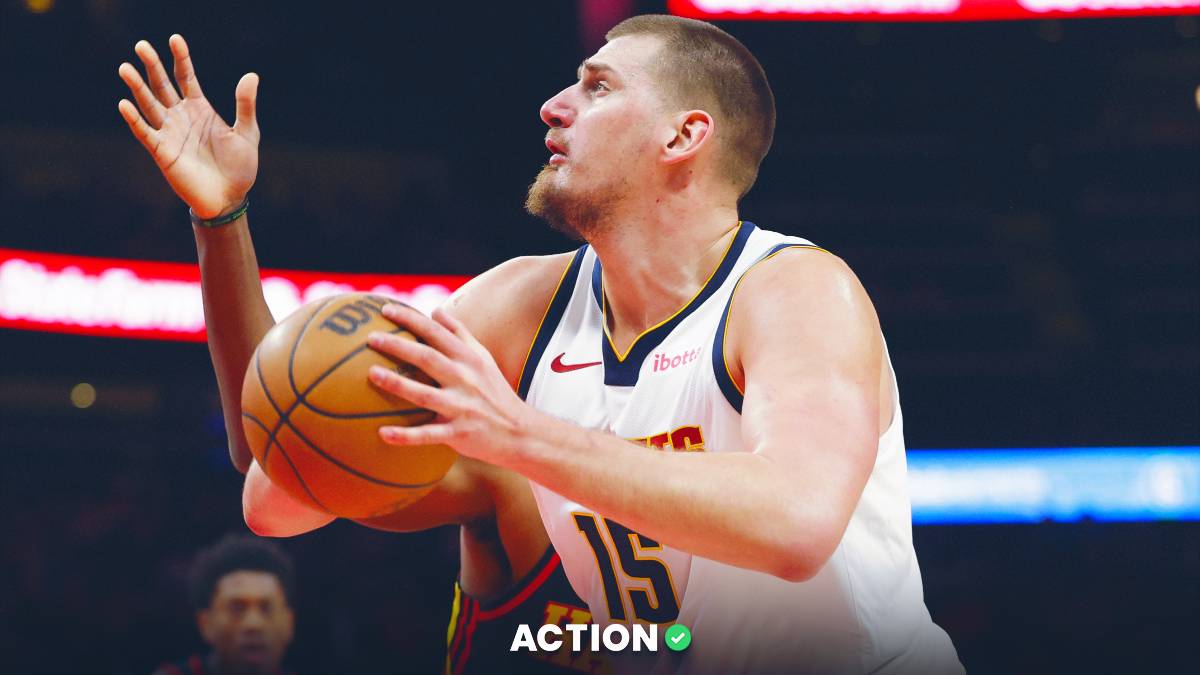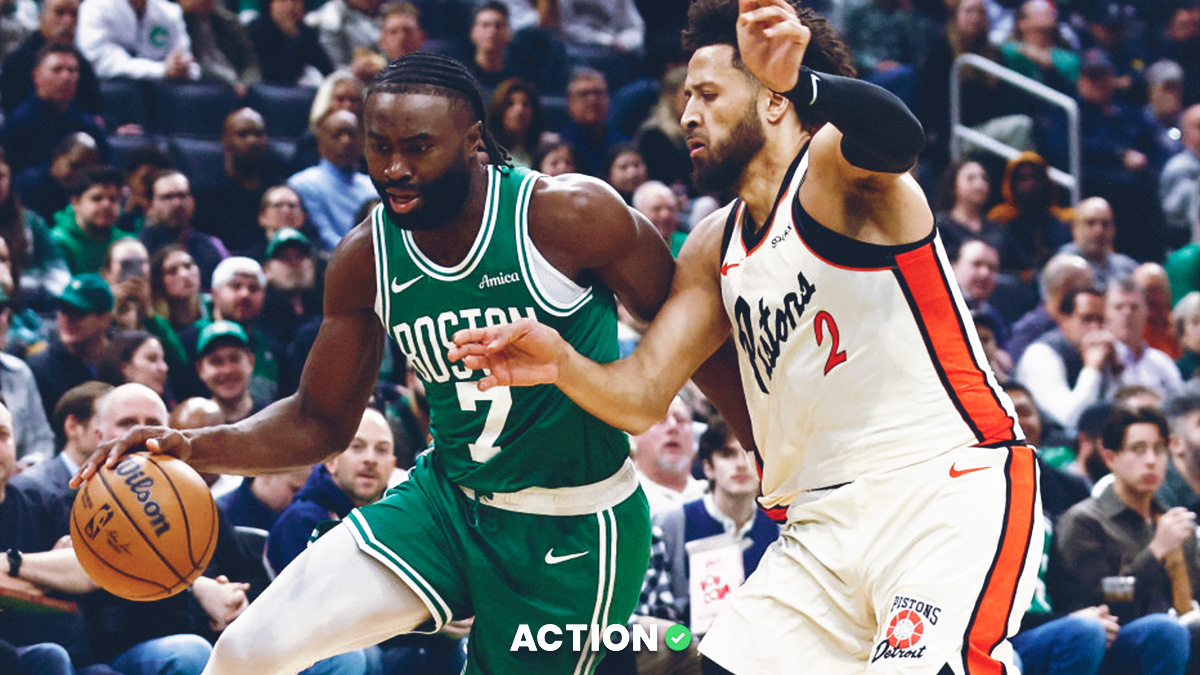The Bucks got better. The Raptors (theoretically) got better. The Sixers got better. The Celtics are biding their time. In the wake of the NBA trade deadline, the East became even closer, even better.
Honestly, given the dominance of the Warriors both historically and since the debut of DeMarcus Cousins, the race for the Eastern Conference title now stands as both the most compelling matchup for competitive purposes, and for those who like to bet NBA futures.
The Warriors are winning the title. We all know this. But the race for runner-up is genuinely compelling.
Let's start by going over the moves, then look at the lines:
The Raptors traded Jonas Valanciunas, Delon Wright, CJ Miles and a second-round pick for Marc Gasol.
The 76ers traded Landry Shamet, Wilson Chandler, Mike Muscala, the Heat's 2021 unprotected pick and two second rounders for Tobias Harris, Boban Marjanovic, and Mike Scott.
The Bucks traded Stanley Johnson, Jason Smith and multiple second-rounders for Nikola Mirotic.
After those moves, the Eastern Conference Title odds stand as follows:
- Bucks: +225
- Celtics: +225
- Raptors: +225
- Sixers: +225
Yup, we're all even folks. So let's start sorting this out to get the most value.
>> Sign up for The Action Network's daily newsletter to get the smartest conversation delivered into your inbox each afternoon.
Matchups, Matchups, Matchups
Let me take you back to this game: Celtics 117, Bucks 113 back on Nov. 1. In that game Al Horford scored 18 points on just 6-of-15 shooting, but was a plus-11.
For even more context, the Celtics led by 15 after three quarters, and Horford was a plus-13 on 6-of-12 shooting. Boston hit 24 three-pointers in that game, a testament to how it was able to space the Bucks out.
The takeaway from that game was that Milwaukee would struggle in the playoffs against small-ball lineups. Take a look at the loss to Toronto on Jan. 5. Brook Lopez was a minus-15, Serge Ibaka a game-high plus-19. This trend emerged.

The Bucks are a nightmare when they have Giannis Antetokounmpo and Lopez on the floor together this season. They outscore opponents by more than 11 points per 100 possessions with the two of them on the floor.
Typically when a team is so dependent on that kind of a wrinkle, it's set in stone. Its best chance is to make what works for them succeed, and they are reluctant to change it. Mike Budenholzer's teams in Atlanta had this same problem.
But then a funny thing happened.
The Bucks started experimenting with units involving D.J. Wilson and Antetokounmpo at the big spots, surrounded by Khris Middleton and two guards. It helped them adjust and beat the Hornets in a game where their big man combos weren't working. It's a plus-12 on the season.
At the deadline, the Bucks swapped out Thon Maker — who had politely requested a trade for more playing time — for Johnson. I had some trepidation about it given how well Maker had played in the Bucks' near-upset of Boston in the first round last year.
It took away one of their small-ball options. The thought was that Wilson would fill this gap. Then, suddenly, the Bucks flipped Johnson, Smith, and multiple second-rounders for Mirotic.
Now we're in a whole different ballgame. The Bucks have two different options for countering small-ball lineups. A lineup featuring Eric Bledsoe, Malcolm Brogdon, Middleton, Mirotic, and Antetokounmpo gives them athletic defenders with three shooters on the floor at all times.
They can go to Antetokounmpo-Wilson if they need more umph. And these are just the minutes where they can't play Lopez, who will roast various counter matchups, including most likely Gasol with the Raptors and any Celtics lineup featuring Aron Baynes.
Then there's Philadelphia. The 76ers shot 41% and 39%, respectively in their two games vs. the Celtics. They shot 33% or worse from 3-point range in three of their games vs. the Raptors, and 42% from the field in the other game. They shot 41% from the field and 32% on 3s in their loss to the Bucks.
The Sixers are 1-5 in those matchups this season. They fared better vs. Indiana, the other presumptive threat in the East before Victor Oladipo's injury. Philly needed one more wing threat to tie the whole room together.
Adding Harris means that teams can't recklessly send double-teams at Joel Embiid to prod his concerning turnover tendency. Many will remark they can leave Ben Simmons, but that's not true.
Simmons' inability to shoot from beyond 5 feet doesn't alter his insane athleticism and finishing ability. Simmons finishes around the rim at an 86% clip in non-post-ups via Synergy Sports.

Harris' addition also means opponents have to reckon with two shooters, not just one in J.J. Redick. There's both a cumulative and exponential effect here; Redick's presence draws attention to the other side of the floor from Harris and vice versa.
Overloading the strong side with both Harris and Redick flanking Embiid will open cutting lanes on the weak side. And in situations where the Celtics are winning with their big men on Embiid, he can work from the elbow, finding cutters who will have less lane congestion on account of Harris' spacing.
Now there are downsides here. Very quietly over the past four seasons, Harris' team has been worse defensively with him on-court. He and Redick are players teams can attack. However, with Simmons, Jimmy Butler, and Embiid, there is effective help always waiting. That's going to be the battle for them in the playoffs.
The Raptors, as I wrote here, may not have gotten an upgrade at the deadline. That pains me as a long-time admirer of Gasol's game. But this read more as a pure talent upgrade that cost them depth and versatility than a tactical addition to counter the other teams. Perhaps having Gasol to counter Embiid gives the Raptors some gain, but they were already able to counter him with Valanciunas or by going small.
That said, Harris can have a hard time shooting with Philly, or the Raptors can surge with Gasol. Basketball on paper is very rarely reflects the product on the court.
Here's a more simplified analysis:
Before the deadline, the Bucks could beat the Sixers with offense, were a coin flip with the Raptors, but couldn't beat the Celtics. Now the Bucks can beat the Raptors and are a coin-flip with the Celtics, but probably don't match up as well with Sixers.
The Raptors could win all three of their matchups prior to the deadline, and now probably don't match up as well with the Bucks (versatility) or Sixers (size), but still match up very well with Boston.
The Sixers didn't match up well with any of their competitors before the deadline and now match up much better with the Raps and Celtics, but may struggle with the Bucks.
The Celtics had key matchup advantages over the 76ers and Bucks ahead of the deadline, but were, at-best, a coin flip with the Raptors. Boston might match up a well or slightly better with Toronto now (the loss of depth helps them), but have a much more difficult matchup with Milwaukee and to a lesser degree, Philadelphia.

Have I mentioned how important homecourt is going to be in these playoffs?
The Value
First of all, I hope you got in on Bucks +1500 back in preseason like certain unnamed people did.
The best values here are still on Milwaukee and Toronto. The Celtics' odds remain this high because they have the most proven playoff success and the best roster on paper. My caution with them is that everything about this season screams "not their year." Just one of those seasons where nothing has gone right.
They've been hurt, Hayward didn't come back all the way, the chemistry hasn't been great, Irving's looming free agency decision has hung a shroud, Stevens has struggled making the right moves and lineups at the right time.
They are still exceptionally dangerous and the move of Marcus Smart to the starting lineup fundamentally alters their ceiling. But you have to wait and see if that holds, and even then, the matchup issues with both Toronto and Milwaukee are significant.
The Raptors are the only team that may have more even distribution of talent and system, and the Bucks are the only team that can say they have a better player on the floor than Boston.
The Bucks has done everything anyone could ask of them. They have the best record, best net rating and wins over the other teams they're competing with. They have a top-flight offense and defense, a true MVP-level player and no discernible weaknesses in their rotation to target. At some point, you have to ask if we're just overthinking it with Milwaukee to protect a status quo.
Then again, we said this same thing with the Raptors last season and the one prior. The difference, of course, is that LeBron James no longer plays in the Eastern Conference. The Celtics nearly lost to the Bucks in the first round last year and now would face a much better Bucks team.
The Sixers were dispatched by that same injury-riddled, patchwork Celtics team. They added Butler and Harris, and that changes the formula. But with Butler's always-temperamental effect, Embiid's turnover capacity and Simmons' still tangible impact in shrinking the floor offensively, there's no way to get there.
It may seem like too obvious to say "the value is on the team with the best record in the league" right now, but keep in mind why these values are all even at +225.
The common sense suggestion is Boston. The sexy dark horse pick is Philadelphia. The established thread is Toronto. Milwaukee is somehow both the top dog and the team no one believes in. That's where the most value has to be.
Now, if the Sixers were to drop in the coming weeks, that's where the best value is. Same with the Celtics. These teams are close, and should be within this range. But at equal return on investment, the Bucks and Celtics have to be considered above the others.
Eastern Conference title futures value, ranked:
- Milwaukee Bucks
- Toronto Raptors
- Boston Celtics
- Philadelphia 76ers

































































